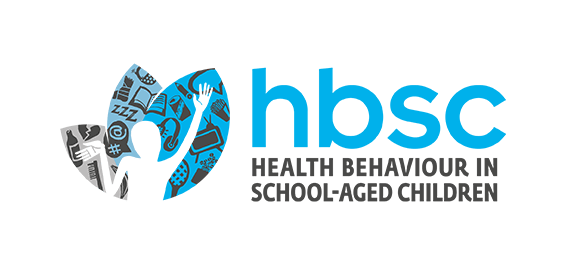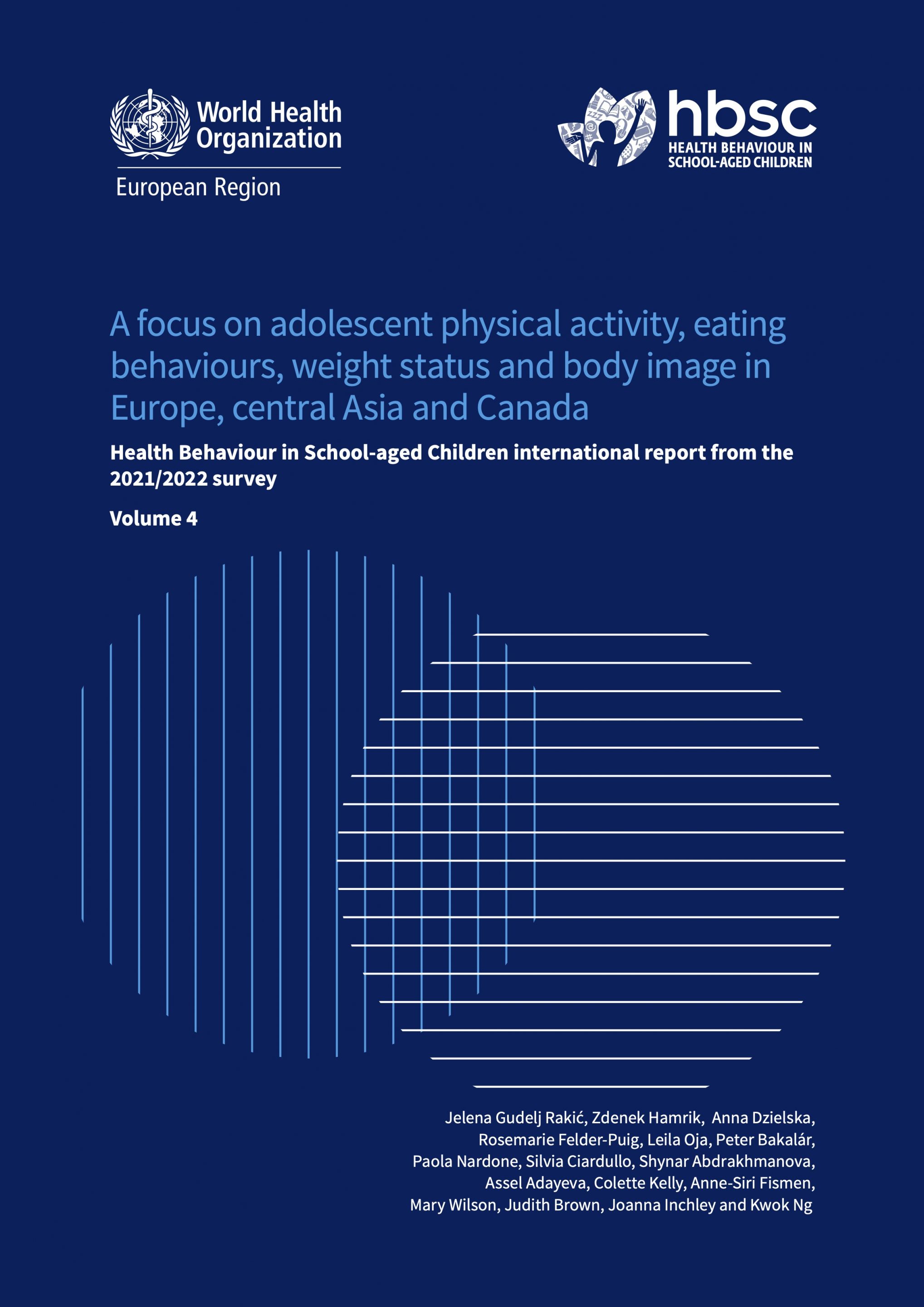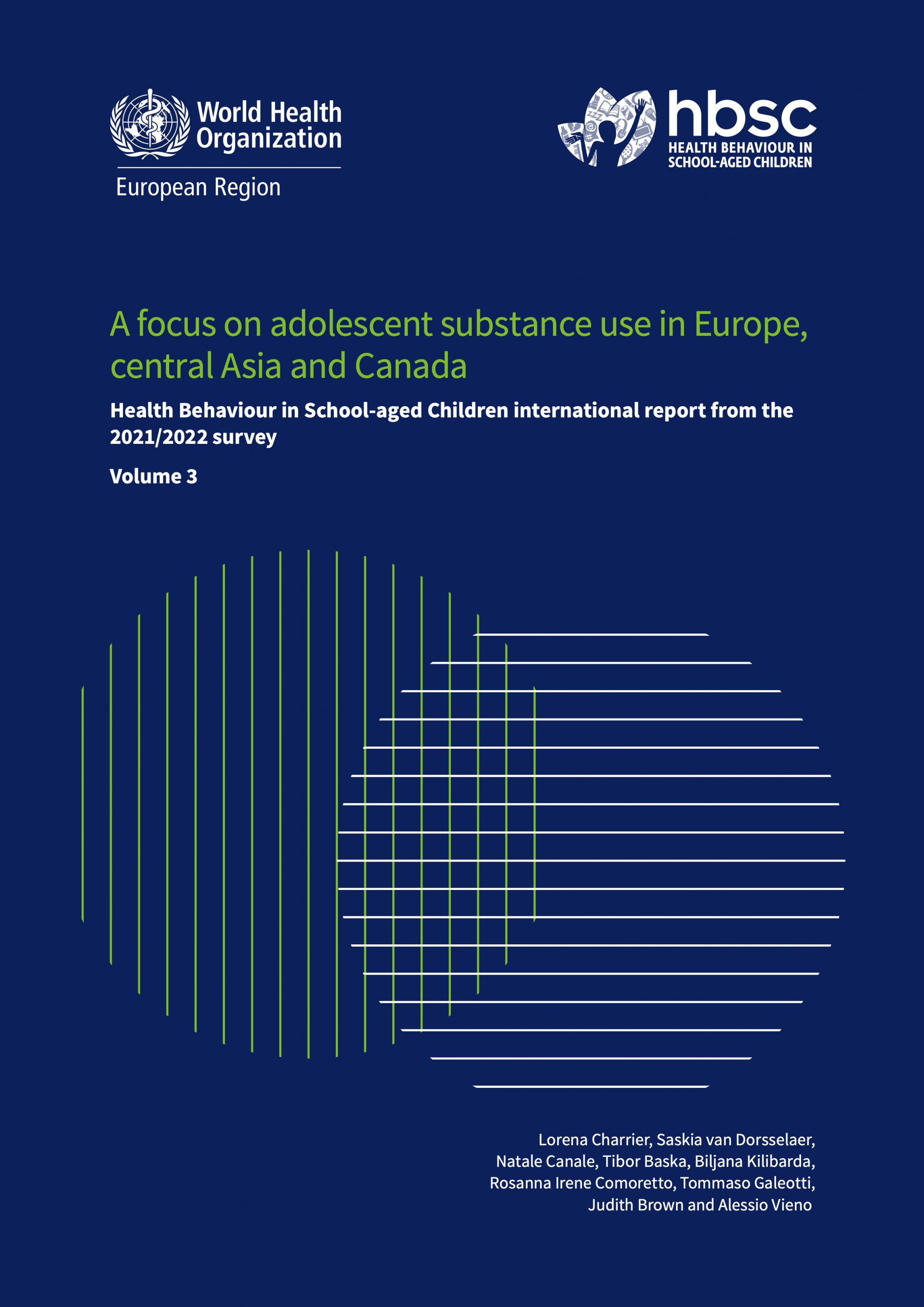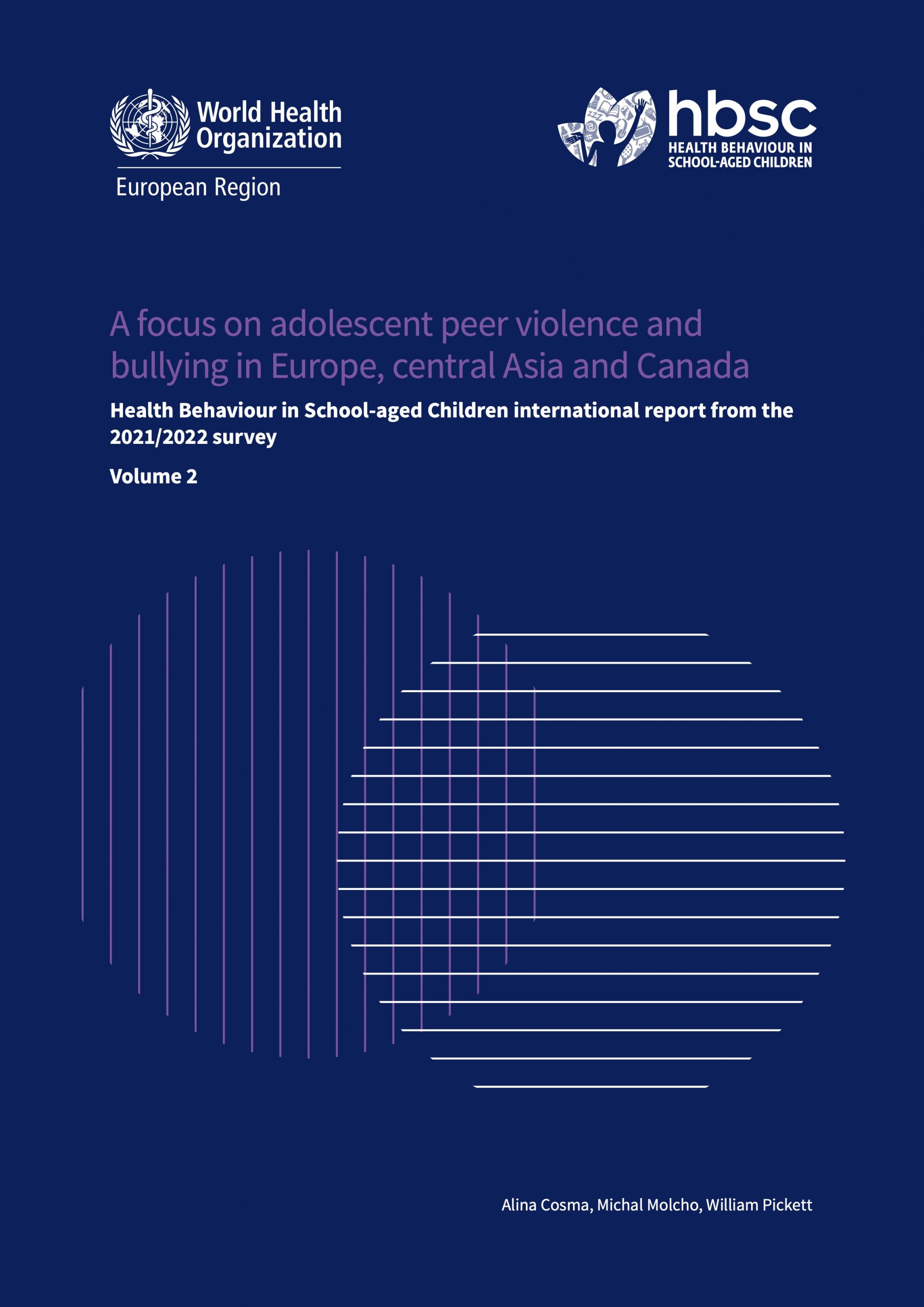A focus on adolescent sexual health in Europe, central Asia and Canada
Health Behaviour in School-aged Children international report from the 2021/2022 survey: Volume 5
Abstract: The Health Behaviour in School-aged Children (HBSC) study is a large school-based survey carried out every four years in collaboration with the WHO Regional Office for Europe. HBSC data are used at national/regional and international levels to gain new insights into adolescent health and well-being, understand the social determinants of health and inform policy and practice to improve young people’s lives. The 2021/2022 HBSC survey data are accompanied by a series of volumes that summarize the key findings around specific health topics. This report, Volume 5 in the series, focuses on adolescent sexual health, using the unique HBSC evidence on the sexual health of adolescents aged 15 years across 42 countries and regions in Europe, central Asia and Canada (two of the 44 countries and regions in the study could not collect data on sexual behaviours). It describes the current sexual health status of adolescents by analysing their sexual initiation, contraceptive pill and condom use (or non-use) at last sexual intercourse, the role of gender, age and social inequality, and how adolescent sexual behaviour has changed over time. Findings from the 2021/2022 HBSC survey provide an important evidence benchmark for current research, intervention and policy-planning.
Topic: HBSC survey results, sexual health questions in the Mandatory Questionnaire
HBSC data: 2013/14, 2017/18 and 2021/22 international file
Languages: English
ISBN: 978-92-890-6115-5 (PDF)
Editors: András Költő, Margreet de Looze, Atle Jåstad, Olivia Nealon Lennox, Dorothy Currie and Saoirse Nic Gabhainn
Suggested citation: Költő A, de Looze M, Jåstad A, Nealon Lennox O, Currie D, Nic Gabhainn S. A focus on adolescent sexual health in Europe, central Asia and Canada. Health Behaviour in School-aged Children international report from the 2021/2022 survey. Volume 5. Copenhagen: WHO Regional Office for Europe; 2024. Licence: CC BY-NC-SA 3.0 IGO.
From X (Twitter)
New @WHO_Europe @HBSCstudy report: 30% of sexually active 15-year-olds used neither condom nor pill at last intercourse. Urgent need for comprehensive sexuality education and youth-friendly services. Learn more: https://t.co/R8Yefuh3YY #AdolescentHealth pic.twitter.com/W7NC0FL6HO
— HBSC Study (@HBSCStudy) August 28, 2024
🔍 26% of girls and 25% of boys reported that they or their partner used the contraceptive pill at last sexual intercourse.
— WHO/Europe (@WHO_Europe) August 29, 2024
Our new report provides detailed insights into adolescent contraceptive use. #adolescenthealth
Discover more: https://t.co/Lo9iVd4jYP pic.twitter.com/AUXsL2wdO3
🌎 By prioritising adolescent sexual health, we are investing in a healthier and more equitable future for all.
— WHO/Europe (@WHO_Europe) August 30, 2024
Let's act on the findings of the new @WHO_Europe & @HBSCstudy report:
🔗 https://t.co/Lo9iVd4jYP pic.twitter.com/btOfEexdI0
Related reports
A focus on adolescent physical activity, eating behaviours, weight status and body image in Europe, central Asia and Canada
HEALTH BEHAVIOUR IN SCHOOL-AGED CHILDREN INTERNATIONAL REPORT FROM THE 2021/2022 SURVEY: VOLUME 4
A focus on adolescent substance use in Europe, central Asian and Canada
HEALTH BEHAVIOUR IN SCHOOL-AGED CHILDREN INTERNATIONAL REPORT FROM THE 2021/2022 SURVEY: VOLUME 3
A FOCUS ON ADOLESCENT PEER VIOLENCE AND BULLYING IN EUROPE, CENTRAL ASIA AND CANADA
HEALTH BEHAVIOUR IN SCHOOL-AGED CHILDREN INTERNATIONAL REPORT FROM THE 2021/2022 SURVEY: VOLUME 2




